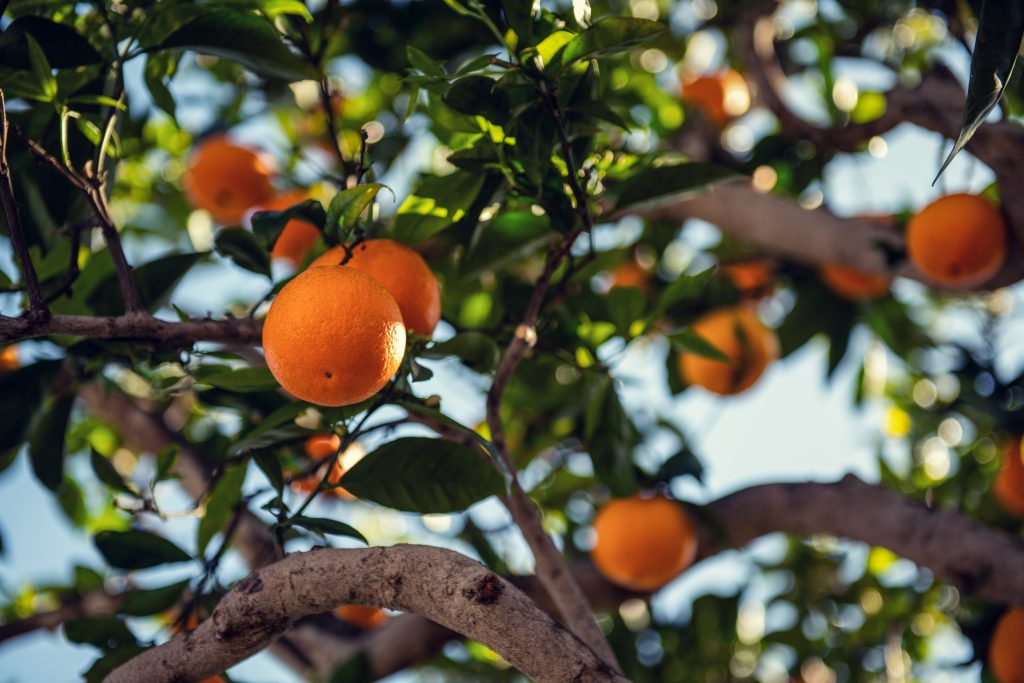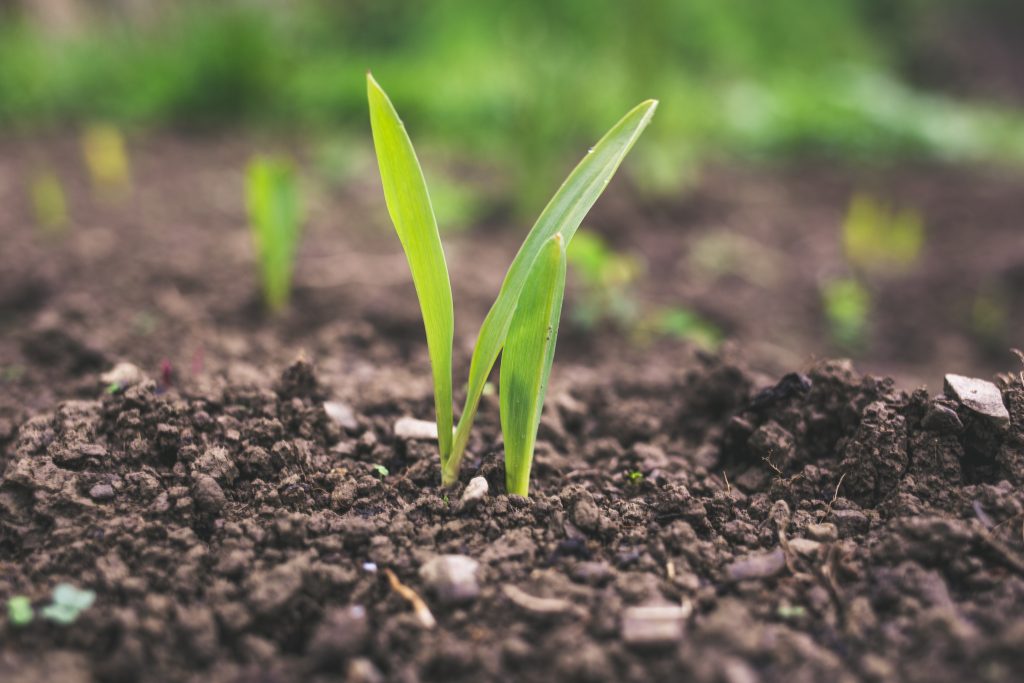In agriculture, perennial crops are referred to as permanent crops because unlike annual and biennial crops, they don’t need to be replanted after one season or two, they require a number of growth cycles before they produce fruits and they automatically flower to grow fruits for the next season after harvest. Most fruit and nut crops like mangoes, tangerines, oranges, coconuts, cashews, etc. are perennials.
Meaning of perennial crops
Perennial crops can be defined as crops that persists for several years. They are crops that grow for more than two seasons unlike annuals and biennials. Some perennial crops can take several years before they even produce flowers before producing fruits. When they eventually produce fruits, fruit production goes on and on, year after year, season after season, till they complete their life circle. Examples includes; fruit crops, oil palm, edible berries, etc.
Examples of perennial crops

Examples include;
- Oil palm
- Fruit crops (apples, mangoes, oranges, grapes, cashews, etc.)
- Edible berries
- Asparagus
- Kale
- Coconuts
- Moringas
- Bananas
- Plantains
- Cocoa
- Kolanuts
Types of perennial crops
There are two types of perennial crops, they are;
- Woody Perennials: Woody perennials are crops that have a life cycle of 3-10 years. A good example is paw-paw.
- Herbaceous Perennials: They are crops that have a life cycle of 10 years and above. Herbaceous perennials can live up to 80 years. Examples include; cocoa, oil palm, mango, rubber, orange, etc.
Propagation
For perennials, propagation is done by division, cuttings or seed (asexual and sexual propagation) technique.
Read also: Classification of crops
Characteristics of perennial crops
- They have deeper roots than annuals and biennials.
- Perennials have greater adaptations to the environment they find themselves.
- They are big with seed production.
- They have a better chance to getting water due to their deep roots.
- Perennials live for decades before they eventually complete their life cycle.
- They require several growth cycles before they eventually fruit.
Benefits of perennial crops
- Because of their deep rooted systems which can remain in place all year round, perennials help to reduce top soil erosion due to wind and or rainfall.
- Perennials are stable and able to adapt to environmental fluctuations, due to them possessing high levels of biodiversity.
- As a result of their extensive and deep root systems, reduced amounts of nutrients need to be supplemented. This helps in lowering production costs while reducing possible excess sources of fertilizer runoff.
- Their root system enables perennials to retain and have access to moisture even in really hot and dry seasons.
- Earlier canopy development and longer green leaf duration increase the seasonal light interception efficiency of perennials, an important factor in plant productivity.
- They help in enhancing wildlife habitat.
- In the long run, perennials help ensure food and water security.
- They do not require yearly cultivation and propagation. This is a huge benefit.
Read also: Difference between Annual, Biennial & Perennial crops
The bottom line
Perennials grow for more than two or three seasons and are not replanted after harvest. They mature and produce fruits year after year till they finally complete their life cycle which can take decades. Examples include our fruits crops, bananas, coconuts, vegetables like asparagus, etc.
